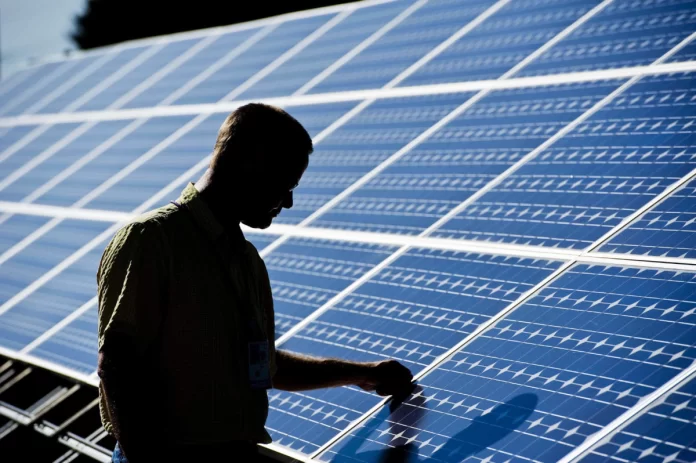The Sandia National Laboratories of the US Department of Energy have finished a five-year research on the early-life deterioration of 834 deployed PV modules, covering 13 varieties from seven manufacturers in three climates.
Recent publication in Progress in Photovoltaics examined a total of 23 systems. Six of the examined systems were shown to have deterioration rates that will surpass panel warranty restrictions in the future, but thirteen systems indicated the capacity to prolong their lifespan beyond 30 years. In this study, “lifetime” is defined as the period of time a panel generates energy at a rate greater than 80% of its initial rate.
According to the paper, module costs have decreased by 85% since 2010 due to economies of scale, increased efficiency in cell designs, automation of manufacturing lines, bigger modules, and modifications to bill of materials components like as backsheets. It was said that decreased costs have resulted in solar being a key element of energy infrastructure development, but it was also observed that cost-cutting design and material improvements might result in a lower degradation rate, which could negate many of the benefits of lower module costs.
The degradation investigation revealed that the rate of deterioration is very nonlinear over time and that seasonal fluctuations exist for particular module types. The mean and median deterioration rates are similar to those measured for earlier modules: 0.62% per year and 0.58% per year, respectively.
In recent years, the market share of cell types has altered considerably, according to the survey. In 2018, standard aluminium back surface field (Al-BSF) designs accounted for up to 90% of worldwide solar cell manufacturing. By 2020, the market share shifted from 85% AI-BSF to 15% AI-BSF and 80% high-efficiency cell concepts such as passivated emitter and rear cell (PERC), passivated emitter with rear locally diffused cell (PERL), passivated emitter rear totally diffused cell (PERT), silicon heterojunction (SHJ), and tunnel oxide passivated contact (TOPCon).
According to the paper, long-term field data for these novel cell and module technologies are lacking. It sought to address this data deficiency by examining each of these technologies in the field over time.
Nameplate power rating variances varied between 3.6% and 4%, while initial power stabilisation was between 3.3% and +0.6%. Flash-over-flash measurements revealed varying performance, exacerbated by seasonality.
Overall, the deterioration rates discovered in this study fell within the range of values documented from 1979 to 2014 for common PV module technologies. Even though module costs have decreased significantly over the past decade, deterioration rates do not appear to have changed, at least for the sample examined in the study.





